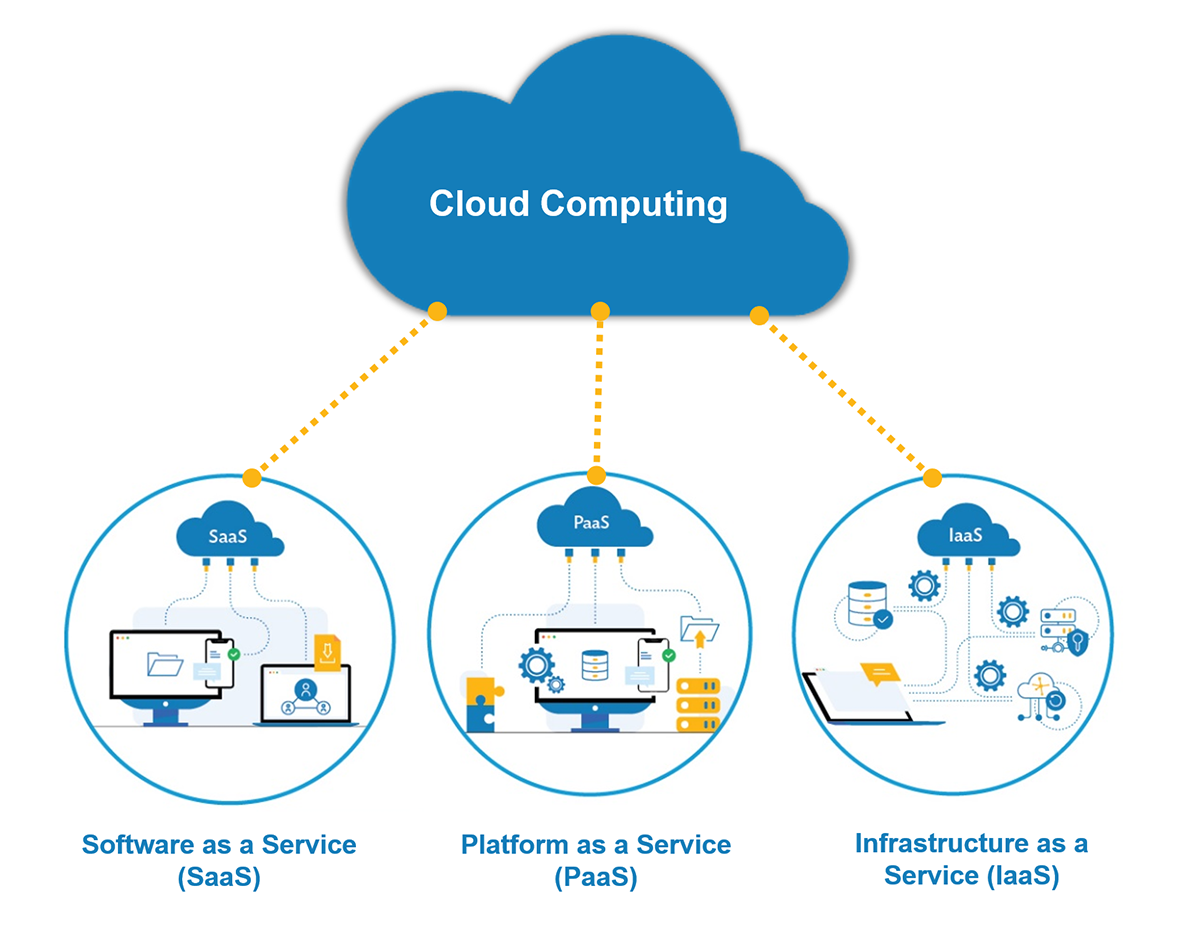Unlocking Success with LinkDaddy Cloud Services: Taking Full Advantage Of Universal Cloud Service Effect
Unlocking Success with LinkDaddy Cloud Services: Taking Full Advantage Of Universal Cloud Service Effect
Blog Article
Simplify Your Infrastructure With Cloud Services
As organizations browse the ever-evolving landscape of technology and data administration, the duty of cloud services in streamlining framework has come to be significantly famous. The allure of structured processes, boosted effectiveness, and enhanced source allowance with cloud services is undeniable. The trip towards a much more cost-efficient and nimble IT framework involves even more than just migrating to the cloud. It calls for a calculated approach and a deep understanding of the subtleties of cloud adoption. So, exactly how can businesses successfully navigate this shift and absolutely unlock the capacity of cloud solutions for simplifying their facilities?
Benefits of Cloud Solutions
Cloud services use a structured technique to managing IT infrastructure, providing businesses with cost-efficiency, versatility, and scalability. One of the vital advantages of cloud services is the scalability they supply.
In addition, cloud services eliminate the demand for services to invest in expensive software and hardware. This cost-efficiency is a significant benefit, particularly for small to medium-sized ventures seeking to reduce upfront expenses. By using cloud solutions, companies can access premium IT resources without the large price connected with conventional framework configurations.
Furthermore, cloud solutions provide companies with the adaptability to access their data and applications from anywhere with a web link. This degree of ease of access boosts partnership amongst groups, allows remote job, and increases general productivity. The adaptability provided by cloud services empowers services to adjust swiftly to transforming market conditions and customer needs.
Expense Financial Savings and Scalability
Along with the operational benefits highlighted earlier, the integration of cloud services into a business's facilities brings forth considerable price savings and improved scalability. Cloud solutions offer a pay-as-you-go model, allowing services to range sources up or down based upon existing needs, consequently staying clear of the prices connected with maintaining excess capacity. This flexibility allows business to adjust rapidly to changing needs without incurring unnecessary costs.
Furthermore, cloud solutions get rid of the requirement for in advance investments in hardware and software application, lowering capital investment. Operating costs are likewise minimized as companies no more require to take care of and preserve physical servers, bring about reduced energy consumption and IT staffing prices. Additionally, cloud services supply automatic updates and upkeep, ensuring that the facilities remains safe and up-to-date without requiring hand-operated interventions.
Improved Security Procedures
Executing stringent safety actions is extremely important when incorporating cloud solutions into a company's facilities to protect sensitive data and ensure compliance with industry policies. Cloud service companies provide improved safety and security features such as data encryption, firewall software security, and multi-factor authentication to reduce cybersecurity dangers.
Furthermore, regular protection audits and conformity analyses aid identify susceptabilities and ensure adherence to industry requirements. Business can also gain from functions like computerized safety updates and real-time risk tracking supplied by cloud provider. By prioritizing security procedures and remaining proactive in addressing prospective threats, businesses can with confidence leverage cloud solutions while protecting their useful data from unauthorized accessibility or breaches.
Transitioning to Cloud Facilities
To successfully integrate cloud solutions into a business's framework, a structured method that resolves the shift in the direction of cloud-based click this link services is necessary. Transitioning to cloud facilities entails careful planning and implementation to ensure a smooth migration process. The primary step is to examine the present infrastructure and establish which systems and applications are appropriate for movement to the cloud. This evaluation ought to think about aspects such as information level of sensitivity, compliance requirements, and performance needs.
When the evaluation is total, a movement technique ought to be developed. This technique ought to describe the timeline, resources, and responsibilities for moving each component to the cloud. It is vital to communicate this strategy plainly to all stakeholders to make certain placement and lessen interruptions during the change.
Throughout the migration process, surveillance and screening are important to determine and address any kind of problems quickly. Regular checkpoints need to be established to track progress and make essential modifications. Additionally, training for staff members on using cloud solutions ought to be given to make sure a successful change and maximize the advantages of the new infrastructure.
Finest Practices for Cloud Adoption
Effective adoption of cloud solutions depends upon the calculated alignment of organization objectives with technical abilities and business readiness. To make certain a smooth shift to the cloud, organizations need to start by performing a detailed evaluation of their existing facilities and identifying which work are best why not check here suited for cloud migration. It is crucial to entail essential stakeholders from various departments in the decision-making procedure to get buy-in and deal with any type of concerns early.
Another finest technique for cloud adoption is to prioritize protection and compliance. Organizations needs to meticulously examine the safety and security steps offered by cloud company and make sure that their data is safeguarded according to market requirements and regulatory requirements. Executing robust data encryption, accessibility controls, and regular security audits can help reduce threats connected with cloud adoption.

Verdict

As companies browse the ever-evolving landscape of modern technology and data management, the duty of cloud solutions in simplifying framework has come to be significantly popular - linkdaddy cloud services press release. How can services properly navigate this transition and really open the possibility of cloud services for simplifying their framework?
Cloud services offer a streamlined technique to handling IT infrastructure, offering services with scalability, flexibility, and cost-efficiency. By using cloud services, services can access premium IT sources without the large rate look at this web-site tag linked with typical framework arrangements.
To make sure a smooth change to the cloud, companies must start by carrying out an extensive assessment of their current infrastructure and recognizing which work are best fit for cloud migration.
Report this page